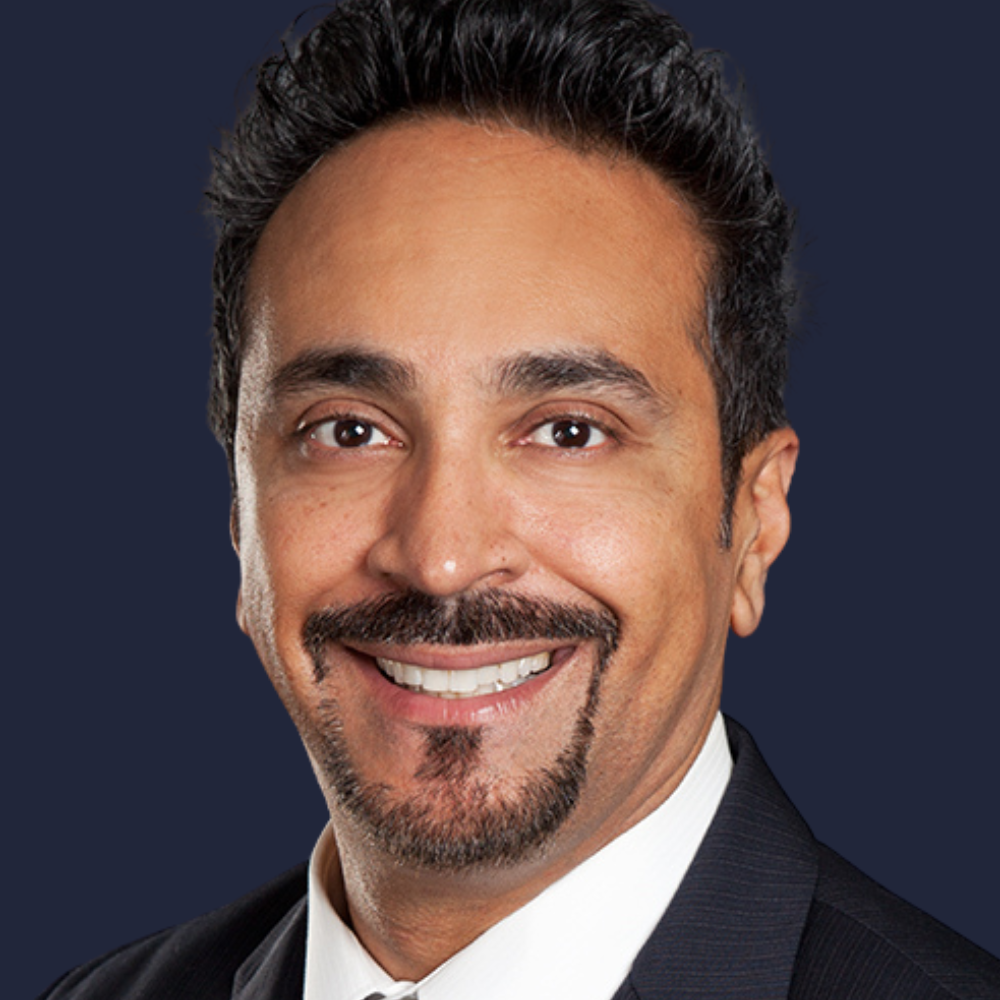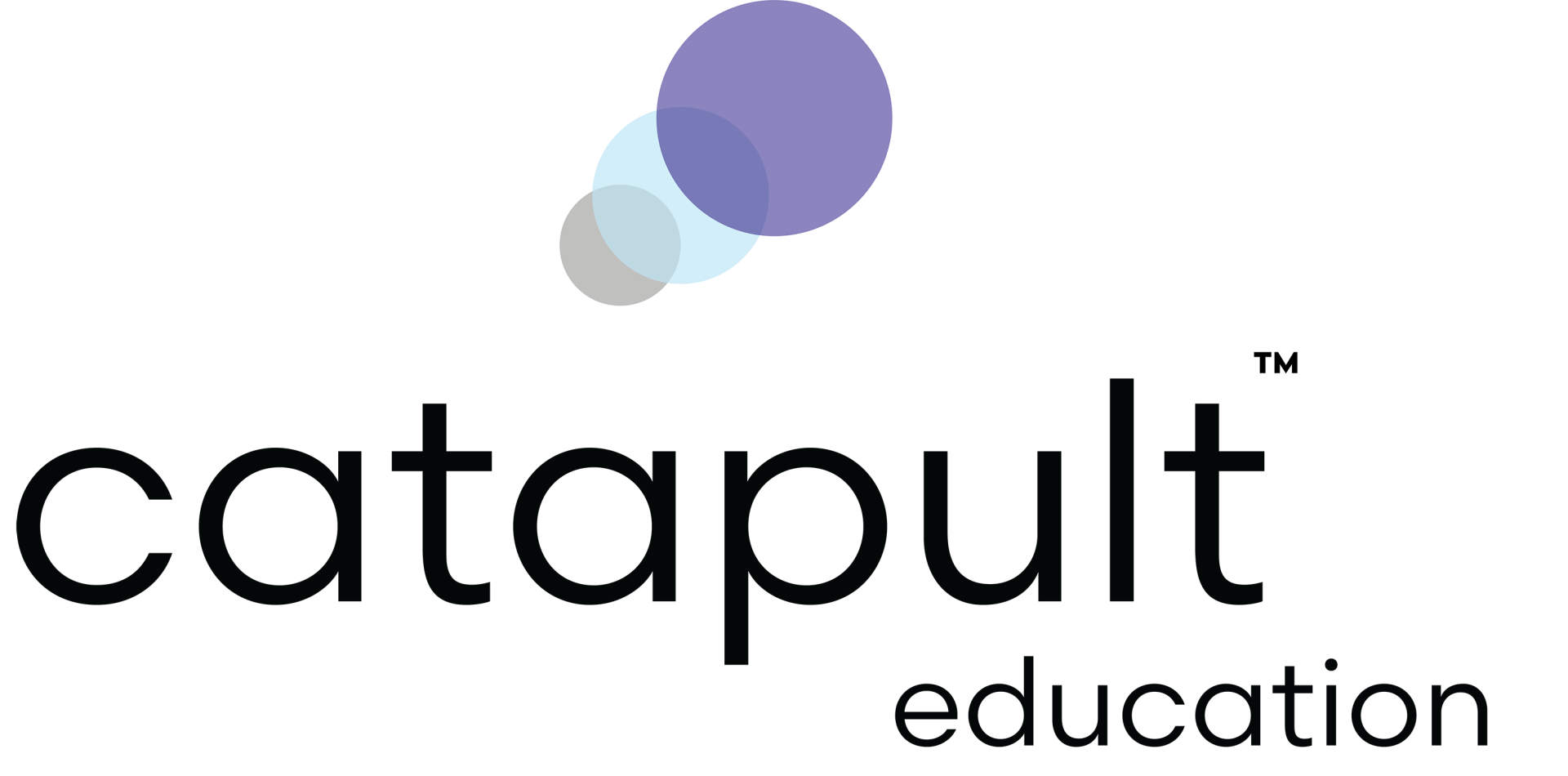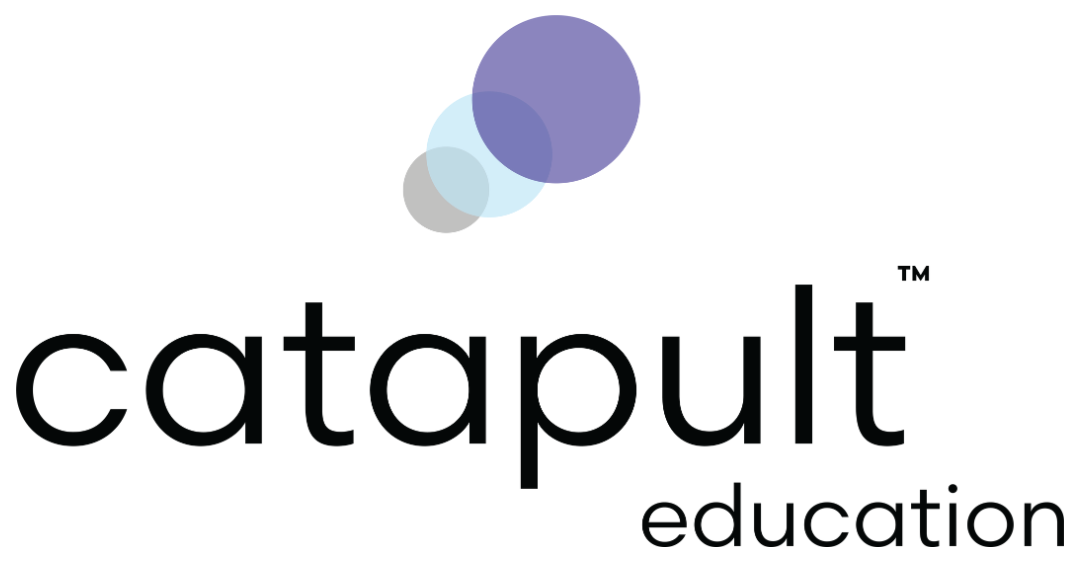Dr. Hardev Singh

Lecture Topics
- Periodontics
- Oral Surgery
- Hygiene & Ergonomics
- Implants
- Responsibilities of Opioid Prescribing
- Workplace Violence Prevention Plan
- Soft Tissue Options
- 3D Imaging & Printing
- Practice Management
- Medical Emergencies
About Dr. Singh
Dr. Hardev Singh earned his Doctor of Dental Medicine (DMD) degree from the University of Pittsburgh School of Dental Medicine. Deeply moved by the events of September 11th, he chose to serve his country by joining the United States Army through the Health Professions Scholarship Program (HPSP). As a commissioned officer, he received the Army Service Ribbon, the Global War on Terrorism Service Medal, and the Army Commendation Medal in recognition of his commitment and service.
Following his military career, Dr. Singh dedicated himself to improving access to care by serving underserved communities at a Federally Qualified Health Center. During this time, he demonstrated exceptional clinical skill and professionalism that led to his recruitment as an Assistant Professor at Western University of Health Sciences. There, he taught advanced clinical techniques in periodontal and oral surgery courses, earning special privileges to work directly alongside specialists. He was later promoted to Associate Professor and contributed to multiple scholarly publications.
In addition to his academic career, Dr. Singh successfully ran an evening clinic and owned a private practice. Driven by his passion for surgical excellence, he pursued specialty training in Periodontics at the prestigious Loma Linda University, where he trained under renowned clinicians and thought leaders in the field. His master's thesis explored the anti-inflammatory benefits of omega-3 fatty acids, highlighting their potential role in reducing opioid prescriptions and promoting holistic patient care.
Dr. Singh is a Diplomate of the American Board of Periodontology and Dental Implant Surgery. He provides advanced periodontal and implant surgical care across multiple practices while prioritizing patient education and interdisciplinary collaboration. A dedicated lifelong learner and teacher, he lectures for local dental societies on periodontal therapy, opioid stewardship, and workplace violence prevention. Dr. Singh remains committed to elevating standards of care through clinical excellence, continuing education, and mentorship.
Following his military career, Dr. Singh dedicated himself to improving access to care by serving underserved communities at a Federally Qualified Health Center. During this time, he demonstrated exceptional clinical skill and professionalism that led to his recruitment as an Assistant Professor at Western University of Health Sciences. There, he taught advanced clinical techniques in periodontal and oral surgery courses, earning special privileges to work directly alongside specialists. He was later promoted to Associate Professor and contributed to multiple scholarly publications.
In addition to his academic career, Dr. Singh successfully ran an evening clinic and owned a private practice. Driven by his passion for surgical excellence, he pursued specialty training in Periodontics at the prestigious Loma Linda University, where he trained under renowned clinicians and thought leaders in the field. His master's thesis explored the anti-inflammatory benefits of omega-3 fatty acids, highlighting their potential role in reducing opioid prescriptions and promoting holistic patient care.
Dr. Singh is a Diplomate of the American Board of Periodontology and Dental Implant Surgery. He provides advanced periodontal and implant surgical care across multiple practices while prioritizing patient education and interdisciplinary collaboration. A dedicated lifelong learner and teacher, he lectures for local dental societies on periodontal therapy, opioid stewardship, and workplace violence prevention. Dr. Singh remains committed to elevating standards of care through clinical excellence, continuing education, and mentorship.
Honors and Achievements
Discover Dr. Singh's Latest Courses
Why Is Periodontitis So Difficult to Treat, and How to Incorporate a Periodontal Program in Your Office
Periodontitis remains one of the most challenging chronic diseases in dentistry due to its multifactorial etiology and patient compliance issues. This lecture explores the biological complexity of periodontal disease and reviews strategies to improve treatment outcomes. Attendees will learn practical steps to design and implement an effective periodontal program in their practice.
Learning Objectives:
Audience:
Doctors, Hygienists, Staff
Format:
Lecture, Virtual, Full or Half Day
Learning Objectives:
- Describe the multifactorial causes of periodontitis and their clinical implications.
- Explain challenges related to diagnosis and patient compliance.
- Develop a structured periodontal program tailored to the practice’s needs.
- Implement communication strategies to increase patient acceptance of periodontal care.
Audience:
Doctors, Hygienists, Staff
Format:
Lecture, Virtual, Full or Half Day
What Adjunctive Therapies or Agents Can We Use as Providers to Help Patients With Periodontitis
Adjunctive therapies can enhance traditional scaling and root planing outcomes. This session reviews locally delivered antimicrobials, systemic antibiotics, host-modulation therapy, and laser use. Evidence-based recommendations will help clinicians select the right adjunct for the right patient.
Learning Objectives:
Audience:
Doctors, Hygienists, Staff
Format:
Lecture, Virtual, Full or Half Day
Learning Objectives:
- Identify evidence-supported adjunctive therapies for periodontitis.
- Evaluate indications and contraindications for systemic and local antimicrobials.
- Discuss the role of host-modulation therapy in periodontal treatment.
- Incorporate adjunctive options into individualized treatment plans.
Audience:
Doctors, Hygienists, Staff
Format:
Lecture, Virtual, Full or Half Day
Understanding the Relationship Between Periodontal and Restorative Treatment for a Win-Win Relationship for All
Successful restorative outcomes depend on healthy periodontal support. This lecture highlights the essential relationship between periodontal health and restorative dentistry, including biological width considerations and timing of therapy. Collaborative treatment planning will be emphasized to ensure long-term success for patients.
Learning Objectives:
Audience:
Doctors, Hygienists, Staff
Format:
Lecture, Virtual, Full or Half Day
Learning Objectives:
- Explain the importance of periodontal health in restorative treatment planning.
- Assess the impact of biological width and tissue health on restorations.
- Coordinate treatment timing between periodontal and restorative procedures.
- Foster interdisciplinary collaboration for optimal patient outcomes.
Audience:
Doctors, Hygienists, Staff
Format:
Lecture, Virtual, Full or Half Day
How Does Opioid Abuse Affect All of Us, and What Can We Use to Control the Management of Pain
The opioid crisis has changed the way dentists approach pain management. This session examines the impact of opioid abuse on communities and dental practices, while presenting effective, safer alternatives for pain control. Attendees will learn strategies for prescribing responsibly and educating patients.
Learning Objectives:
Audience:
Doctors, Hygienists, Staff
Format:
Lecture or Virtual, Two Hours
Learning Objectives:
- Recognize the scope and impact of opioid abuse on dental patients.
- The responsibilities of prescribing Schedule II opioids as a healthcare provider.
- Identify non-opioid analgesic options and multimodal pain management strategies.
- Apply evidence-based prescribing guidelines for dental pain.
- Educate patients about pain expectations and safe medication use.
Audience:
Doctors, Hygienists, Staff
Format:
Lecture or Virtual, Two Hours
How to Diagnose Implants and Treatment Plan These Cases Effectively in Your Office
Successful implant treatment starts with careful diagnosis and planning. This lecture reviews clinical and radiographic evaluation, CBCT use, and risk assessment. Participants will learn to develop predictable treatment plans, improve case selection, and communicate clearly with patients.
Learning Objectives:
Audience:
Doctors, Hygienists, Staff
Format:
Lecture, Virtual, Full or Half Day
Learning Objectives:
- Conduct comprehensive implant patient evaluations.
- Interpret radiographic data, including CBCT scans, for implant planning.
- Assess risk factors that may compromise implant success.
- Formulate clear, evidence-based treatment plans.
Audience:
Doctors, Hygienists, Staff
Format:
Lecture, Virtual, Full or Half Day
How Can We Prevent an Ailing Implant From Becoming a Failing Implant, Management of Peri-Mucositis and Peri-Implantitis
Peri-implant diseases threaten long-term implant success. This lecture reviews prevention strategies, early diagnosis, and management protocols for peri-mucositis and peri-implantitis. Clinicians will learn interventions that can arrest disease progression and improve outcomes.
Learning Objectives:
Audience:
Doctors, Hygienists, Staff
Format:
Lecture, Virtual, Full or Half Day
Learning Objectives:
- Differentiate between peri-mucositis and peri-implantitis.
- Identify risk factors and early signs of peri-implant disease.
- Apply non-surgical and surgical management strategies.
- Develop prevention protocols to reduce peri-implant disease incidence.
Audience:
Doctors, Hygienists, Staff
Format:
Lecture, Virtual, Full or Half Day
Implant Placement Using Surgical Guides and the Effectiveness of 3D Printing
Digital technology has transformed implant placement with the advent of surgical guides and 3D printing. This session covers the workflow for designing and producing guides, improving accuracy, and minimizing complications. Real-world cases will illustrate how to integrate these tools into practice.
Learning Objectives:
Audience:
Doctors, Hygienists, Staff
Format:
Lecture, Virtual, Full or Half Day
Learning Objectives:
- Explain the advantages of guided implant surgery.
- Describe the steps in digital planning and guide production.
- Evaluate the accuracy and effectiveness of 3D-printed surgical guides.
- Integrate digital workflows into everyday implant practice.
Audience:
Doctors, Hygienists, Staff
Format:
Lecture, Virtual, Full or Half Day
How Do We Manage Complications in Oral Surgery
Even with careful planning, complications can arise in oral surgery. This course reviews common complications such as bleeding, infection, nerve injury, and sinus exposure. Attendees will learn prevention, recognition, and management strategies to maintain patient safety and trust.
Learning Objectives:
Audience:
Doctors
Format:
Lecture, Virtual, Full or Half Day
Learning Objectives:
- Identify common intraoperative and postoperative complications.
- Employ techniques to prevent complications during oral surgery.
- Recognize early signs of complications for prompt management.
- Develop protocols for managing surgical emergencies in practice.
Audience:
Doctors
Format:
Lecture, Virtual, Full or Half Day
Simple vs Surgical Exodontia. Are Any Extractions Really Simple?
“Simple” extractions can become surgical quickly without proper assessment and technique. This lecture clarifies indications for surgical vs. non-surgical extractions and reviews strategies for atraumatic tooth removal. Attendees will gain confidence in handling complex extractions predictably.
Learning Objectives:
Audience:
Doctors
Format:
Lecture, Virtual, Full or Half Day
Learning Objectives:
- Differentiate between simple and surgical extraction indications.
- Assess patient and tooth factors influencing extraction difficulty.
- Apply atraumatic extraction techniques.
- Plan for surgical extractions when necessary to avoid complications.
Audience:
Doctors
Format:
Lecture, Virtual, Full or Half Day
Why Do We Extract Teeth and How Do We Assess Surgical Difficulties
Tooth extraction remains a common dental procedure, but indications and difficulty levels vary widely. This course explores clinical criteria for extraction and comprehensive assessment of complexity. Attendees will learn to plan cases appropriately and refer when necessary.
Learning Objectives:
Audience:
Doctors, Hygienists, Staff
Format:
Lecture, Virtual, Full or Half Day
Learning Objectives:
- Identify clinical indications for tooth extraction.
- Evaluate patient-specific risk factors for surgical difficulty.
- Classify extractions by complexity for better planning.
- Determine when to refer challenging cases to specialists.
Audience:
Doctors, Hygienists, Staff
Format:
Lecture, Virtual, Full or Half Day
The Importance of Informed Consent and How to Deal With Post-Operative Care
Informed consent is both a legal requirement and a cornerstone of patient-centered care. This lecture explains how to communicate risks, benefits, and alternatives effectively. Post-operative care instructions and follow-up protocols will be discussed to support safe recovery and patient satisfaction.
Learning Objectives:
Audience:
Doctors, Hygienists, Staff
Format:
Lecture, Virtual, Full or Half Day
Learning Objectives:
- Define the elements of valid informed consent in dentistry.
- Communicate treatment risks and benefits clearly to patients.
- Provide comprehensive post-operative instructions.
- Develop follow-up protocols to monitor recovery and address complications.
Audience:
Doctors, Hygienists, Staff
Format:
Lecture, Virtual, Full or Half Day
Management and Prevention of Medical Emergencies in the Dental Office
This course equips dental professionals with the knowledge and skills to recognize, prevent, and respond effectively to medical emergencies in the dental setting. Emphasis is placed on identifying risk factors during patient assessment, implementing preventive measures, and applying evidence-based protocols for immediate management. Attendees will gain confidence in handling emergencies such as syncope, allergic reactions, cardiac events, and hypoglycemia, ensuring patient safety and compliance with regulatory standards.
Learning Objectives:
Audience:
Doctors, Hygienists, Staff
Format:
Lecture, Virtual, Full or Half Day
Learning Objectives:
- Identify common medical emergencies encountered in dental practice and the underlying risk factors associated with each.
- Implement preventive strategies through thorough medical history reviews, risk assessments, and patient monitoring protocols.
- Demonstrate appropriate emergency management techniques, including the use of emergency drugs, equipment, and Basic Life Support (BLS) skills.
- Develop an office-wide emergency preparedness plan, including staff training, communication protocols, and mock drill evaluations.
Audience:
Doctors, Hygienists, Staff
Format:
Lecture, Virtual, Full or Half Day
What Are the Different Sedation Options for Our Adult Patients & Knowing Their Limitations
Sedation can improve patient comfort but requires careful planning and knowledge of limitations. This lecture reviews sedation modalities from minimal to moderate sedation, including oral and IV options. Safety, patient selection, and regulatory considerations will be emphasized.
Learning Objectives:
Audience:
Doctors, Hygienists, Staff
Format:
Lecture, Virtual, Full or Half Day
Learning Objectives:
- Describe sedation modalities available for adult dental patients.
- Evaluate patient suitability for different levels of sedation.
- Recognize limitations and contraindications of sedation options.
- Apply safety and monitoring protocols for sedated patients.
Audience:
Doctors, Hygienists, Staff
Format:
Lecture, Virtual, Full or Half Day
Why Having a Workplace Violence Prevention Plan Is Essential in This Day and Age
Workplace violence can affect any healthcare setting, including dental offices. This session discusses the importance of prevention planning, risk assessment, and staff training. Attendees will learn practical steps to create a safer environment for patients and staff alike.
Learning Objectives:
Audience:
Doctors, Hygienists, Staff
Format:
Lecture, Virtual, Full or Half Day
Learning Objectives:
- Conduct risk assessments to identify vulnerabilities.
- Develop policies and procedures for preventing workplace violence.
- Train staff to recognize and respond to violent or threatening behavior.
Audience:
Doctors, Hygienists, Staff
Format:
Lecture, Virtual, Full or Half Day
Oral Surgery Cases Geared for the General Dentist for Predictable Outcomes
General dentists often perform minor oral surgery and can improve outcomes with good case selection and technique. This lecture reviews common procedures, patient assessment, and essential surgical principles. Strategies for minimizing complications and enhancing patient comfort will be covered.
Learning Objectives:
Audience:
Doctors
Format:
Lecture, Virtual, Full or Half Day, Workshop
Learning Objectives:
- Select appropriate oral surgery cases for general practice.
- Perform thorough pre-operative patient assessments.
- Apply fundamental surgical techniques to common procedures.
- Reduce post-operative complications through evidence-based protocols.
Audience:
Doctors
Format:
Lecture, Virtual, Full or Half Day, Workshop
What Should We Incorporate in Our Surgical Armamentarium for Atraumatic Extractions, and How to Preserve Our Ridge From Collapsing
Atraumatic extraction techniques are critical for ridge preservation and future restorative options. This lecture reviews essential instruments, techniques, and materials to minimize trauma. Emphasis will be placed on socket preservation strategies for optimal implant site development.
Learning Objectives:
Audience:
Doctors
Format:
Lecture, Virtual, Full or Half Day, Workshop
Learning Objectives:
- Select instruments for atraumatic extractions.
- Perform extraction techniques that minimize bone and soft tissue damage.
- Apply socket preservation principles to prevent ridge collapse.
- Plan for future prosthetic or implant needs during extraction.
Audience:
Doctors
Format:
Lecture, Virtual, Full or Half Day, Workshop
View Dr. Singh's Speaking Samples
Book Dr. Singh for a live lecture, workshop, or virtual event today.


